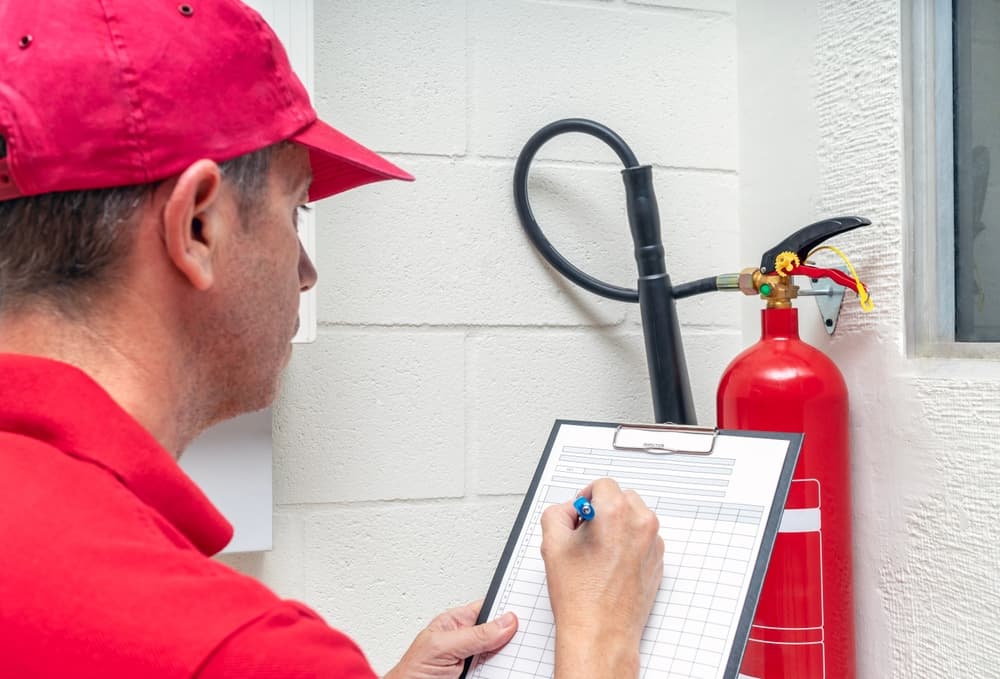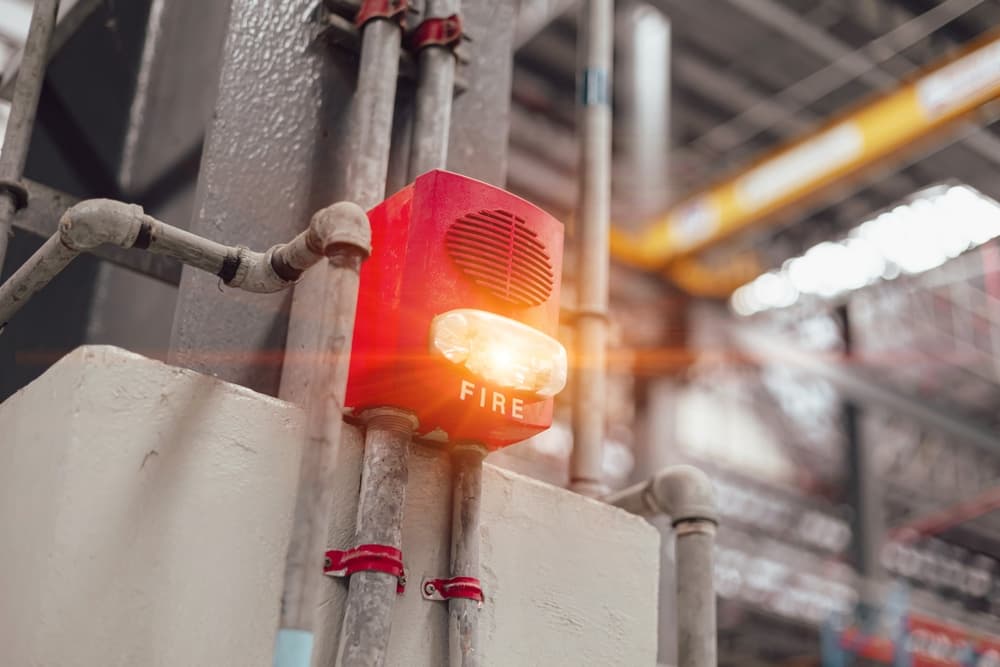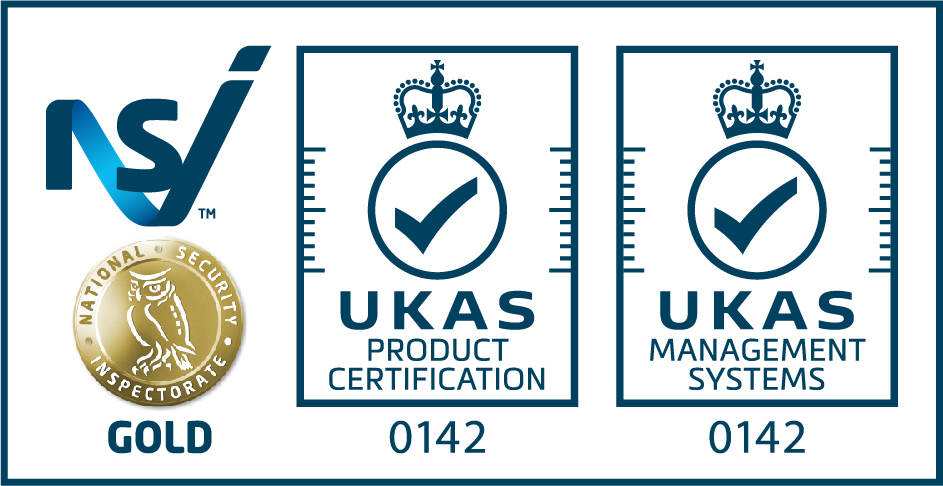Fire safety is a crucial aspect of building management and public safety. In the UK, comprehensive regulations have been established to ensure that buildings are equipped to prevent fires and protect occupants in the event of a fire. This blog post will explore the key fire safety regulations in the UK, highlighting what building owners, managers, and residents need to know.

The Regulatory Framework
Fire safety regulations in the UK are primarily governed by the Regulatory Reform (Fire Safety) Order 2005 (often referred to as the Fire Safety Order). This legislation applies to non-domestic premises and the communal areas of residential buildings, such as blocks of flats.
Key Requirements of the Fire Safety Order
Responsible Person
The Order requires that a “responsible person” is identified for each premises. This individual is responsible for ensuring that fire safety duties are carried out, which includes risk assessments and maintenance of fire safety equipment.
Fire Risk Assessments
Conducting regular fire risk assessments is mandatory. These assessments must identify potential fire hazards, evaluate the risks, and implement measures to mitigate them. They should be reviewed regularly and updated whenever there are significant changes to the premises.
Fire Safety Measures
Adequate fire safety measures must be in place. This includes the installation and maintenance of fire detection and alarm systems, emergency lighting, fire extinguishers, and clear signage for escape routes.

Training and Drills
Staff and occupants must receive appropriate fire safety training. Regular fire drills should be conducted to ensure everyone knows how to evacuate safely.
Emergency Plans
A clear emergency plan must be established, detailing procedures for evacuation and how to contact emergency services.
Recent Changes and Enhancements
Following high-profile incidents, such as the Grenfell Tower fire in 2017, there have been significant changes to fire safety regulations, particularly concerning high-rise residential buildings.
Building Safety Act 2022
The Building Safety Act 2022 introduced new measures to enhance fire safety in high-rise buildings, including:
- Building Safety Regulator: Establishment of a new regulator to oversee the safety and standards of buildings.
- Golden Thread of Information: Requirement for a digital record of building safety information throughout its lifecycle.
- Duty Holders: Clearer responsibilities for those involved in the design, construction, and management of high-rise buildings.
Fire Safety Act 2021
The Fire Safety Act 2021 clarifies the Fire Safety Order’s application to building structures and materials, ensuring that external walls, including cladding and balconies, are considered in fire risk assessments.
Compliance and Enforcement
Local fire and rescue authorities are responsible for enforcing fire safety regulations. They conduct inspections and can issue enforcement notices requiring improvements. Failure to comply with fire safety regulations can result in significant penalties, including fines and imprisonment.

Practical Tips for Compliance
- Regular Inspections: Schedule regular inspections and maintenance of fire safety equipment and systems.
- Stay Informed: Keep abreast of changes in fire safety legislation and ensure compliance with new requirements.
- Engage Professionals: Consider hiring fire safety professionals to conduct risk assessments and provide expert advice.
- Educate Occupants: Ensure that everyone in the building understands fire safety procedures and their role in maintaining a safe environment.
Conclusion
Fire safety regulations in the UK are designed to protect lives and property. By understanding and adhering to these regulations, building owners and managers can create safer environments for occupants. It is essential to remain vigilant, proactive, and informed about fire safety responsibilities and best practices.
Ensuring compliance with fire safety regulations is not just a legal obligation but a moral one. By prioritising fire safety, we can help prevent tragedies and safeguard our communities.
Protect Your Property with Fire Safe Services
At Fire Safe Services Ltd, we are dedicated to ensuring your safety and compliance with the latest fire safety regulations. Our team of experts is ready to help you safeguard your property with comprehensive fire risk assessments, state-of-the-art fire safety equipment, and personalised training programmes
Don’t wait until it’s too late. Ensure your building is protected and compliant with UK fire safety regulations. Contact Fire Safe Services Ltd today for a free consultation and see how we can help you create a safer environment.
- Call Us: 01527570952
Email: info@firesafeservices.co.uk









